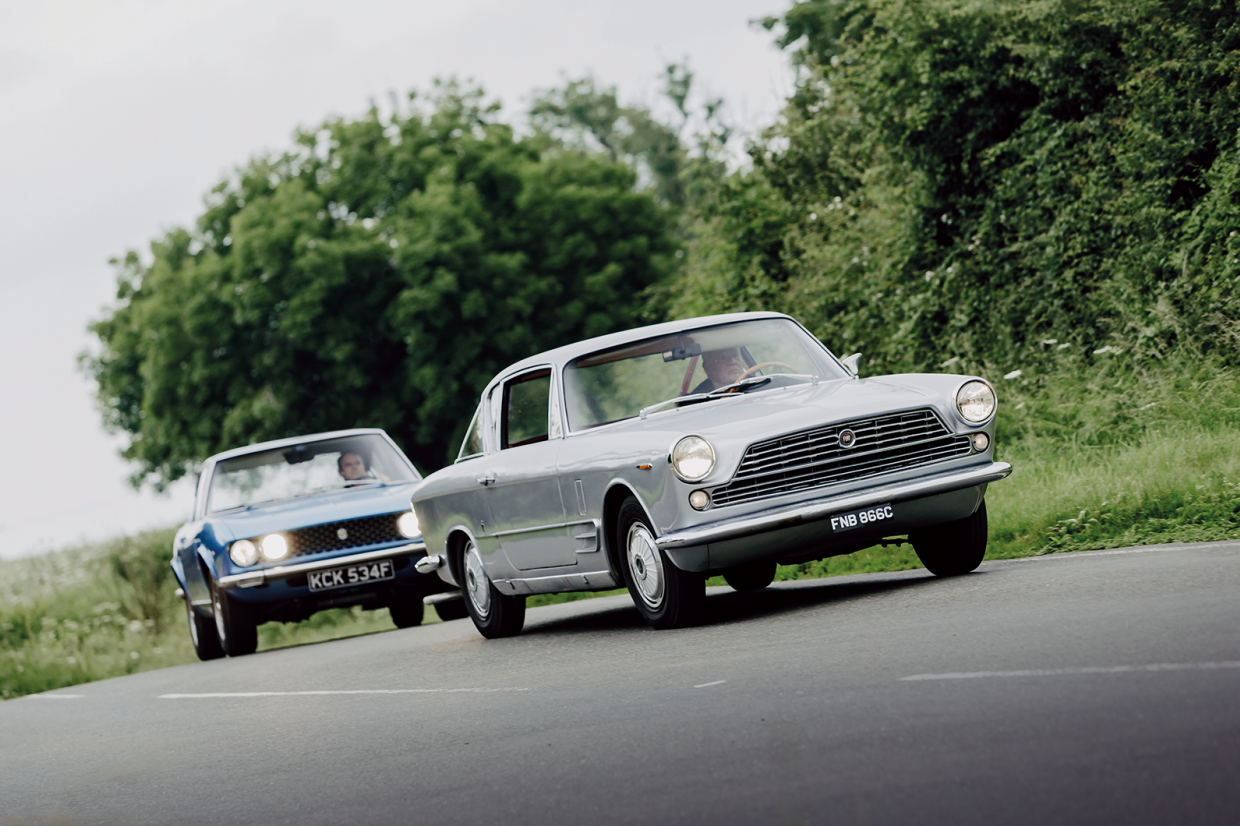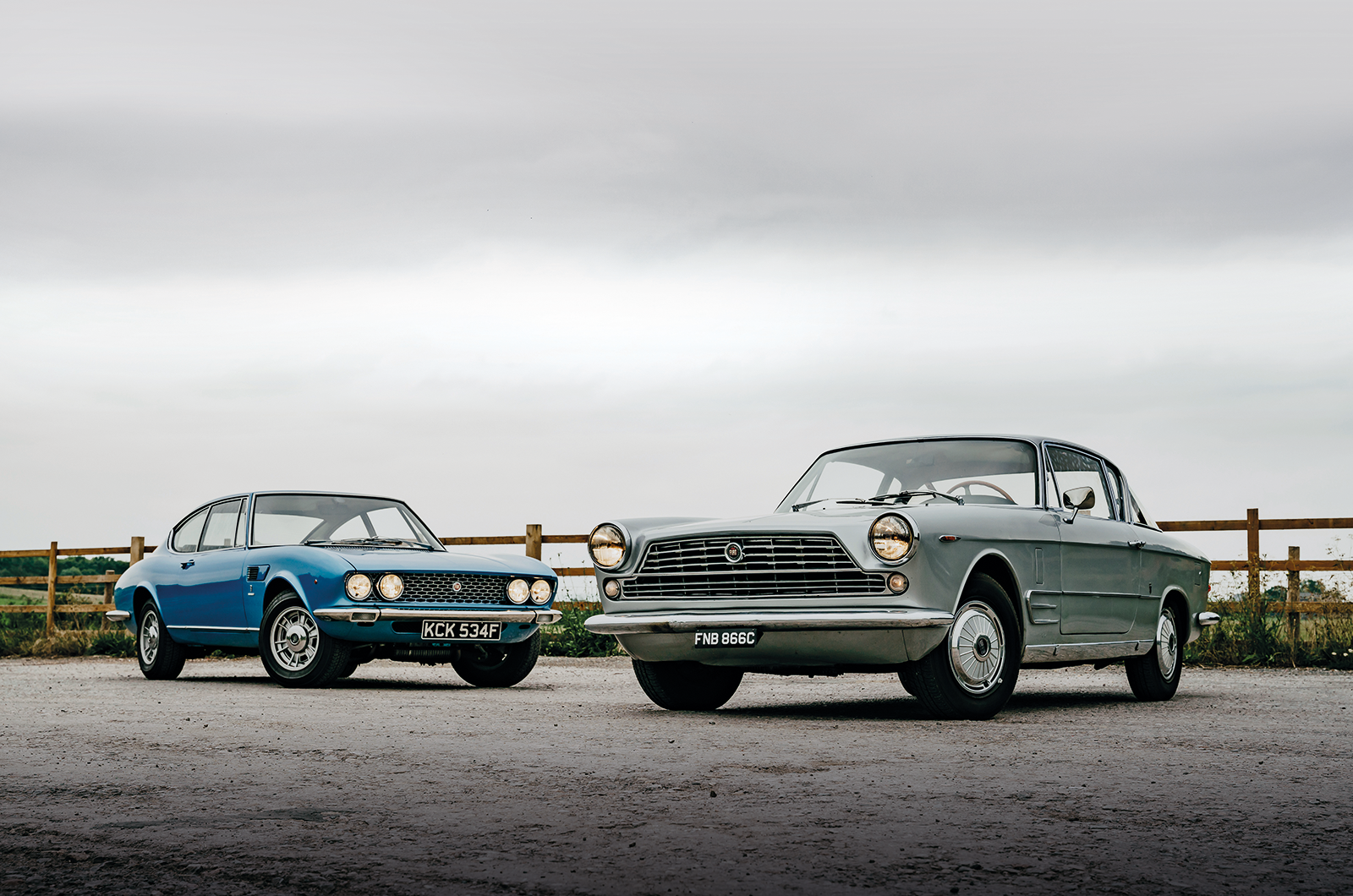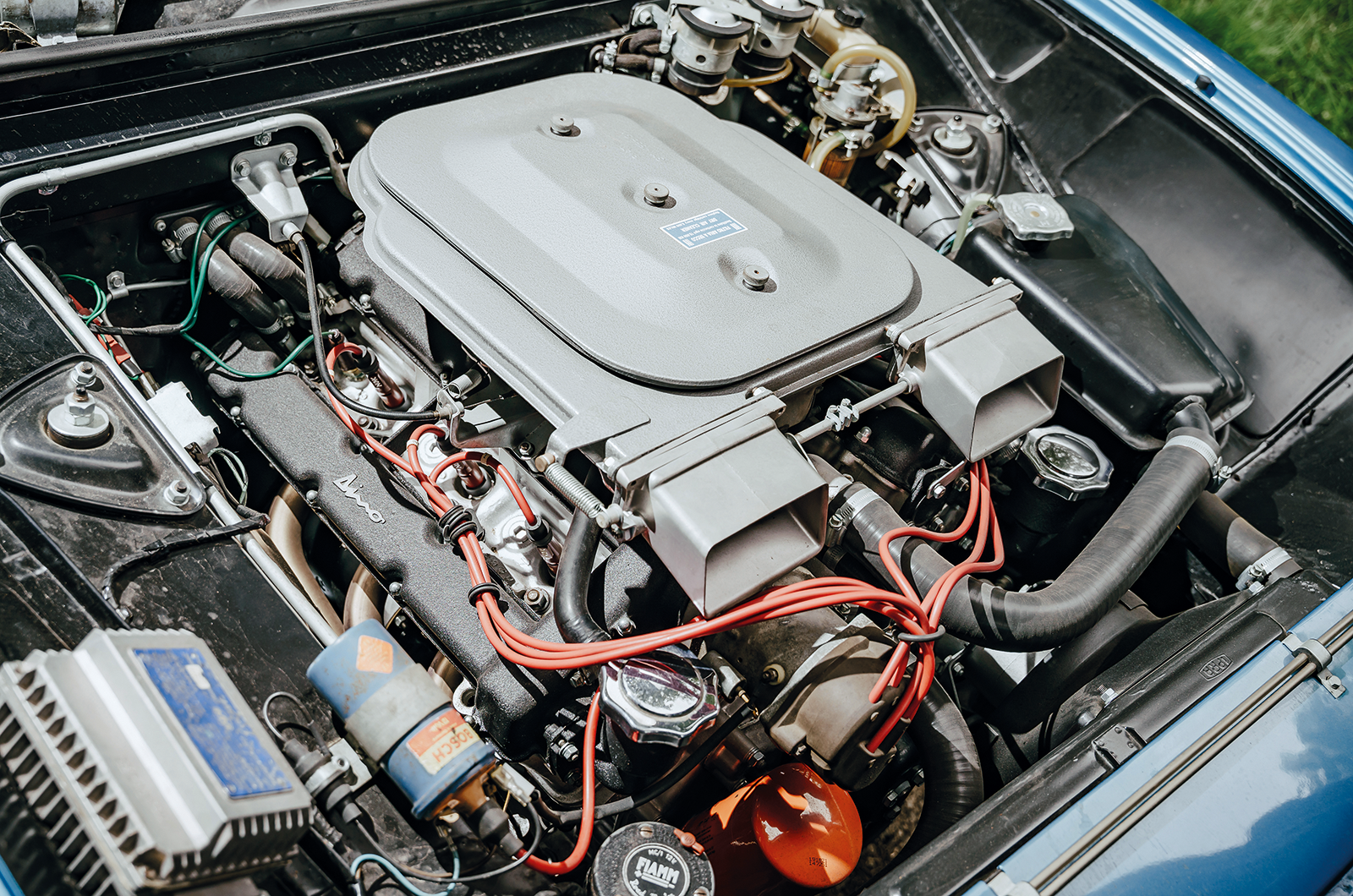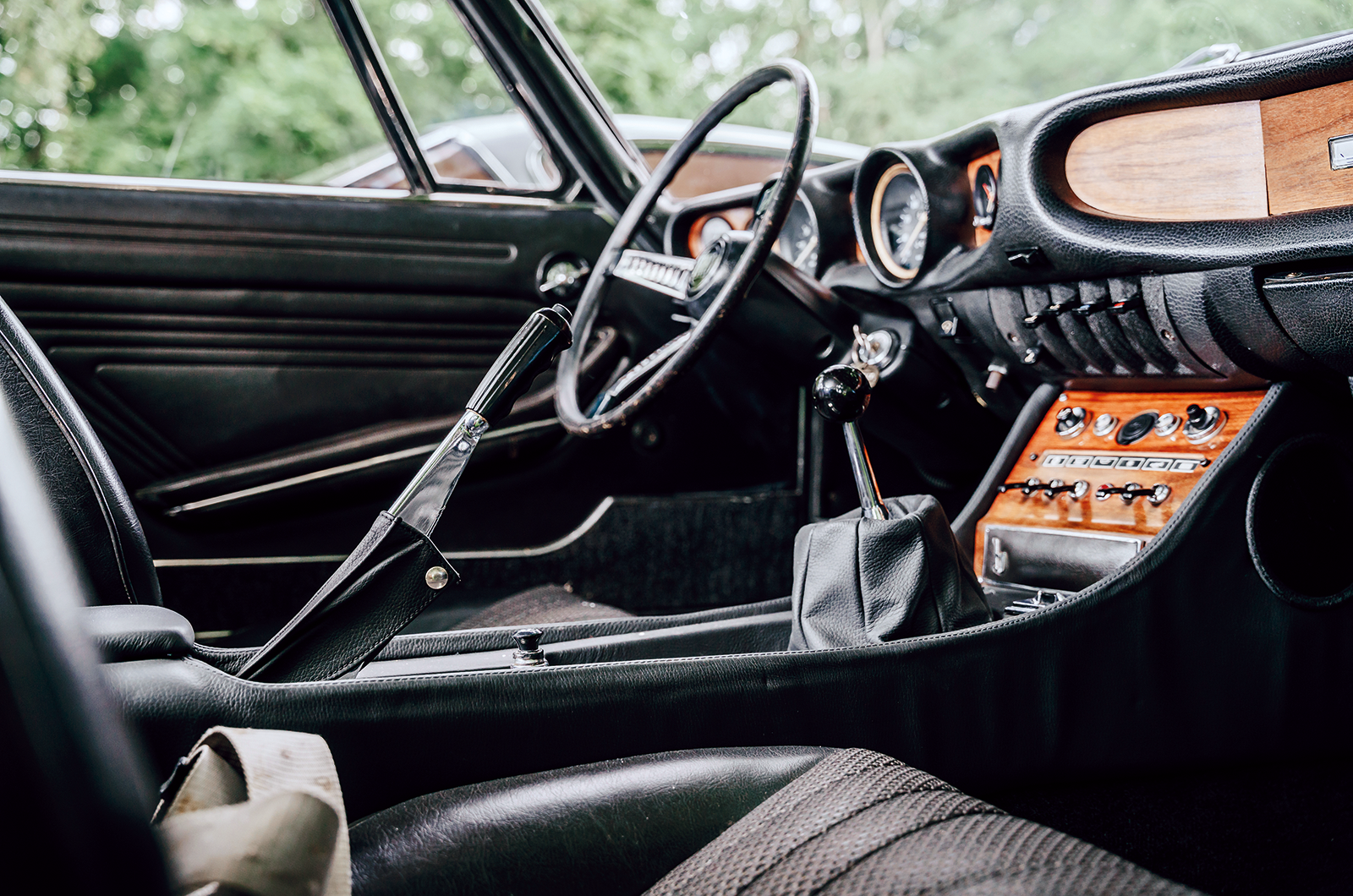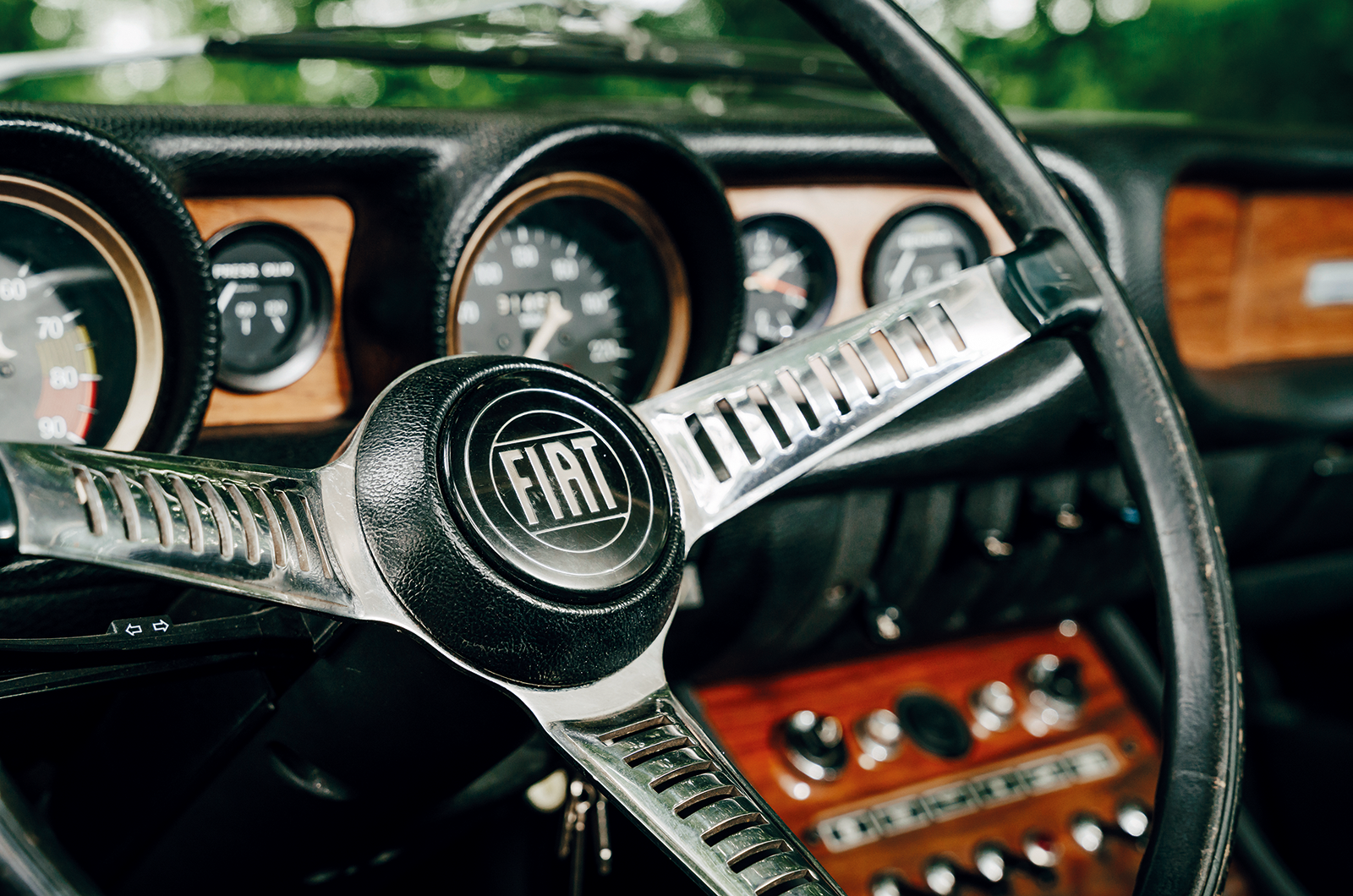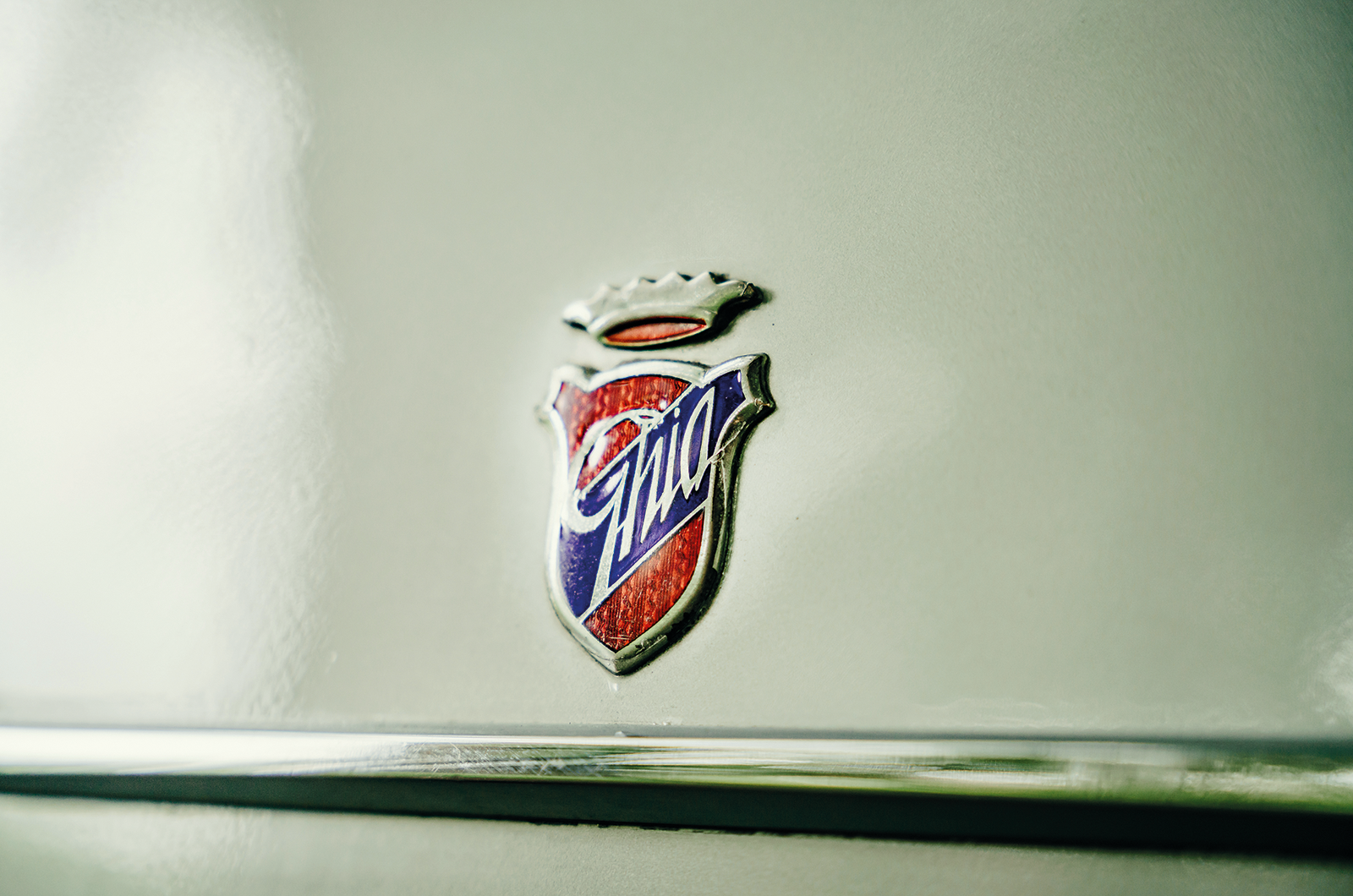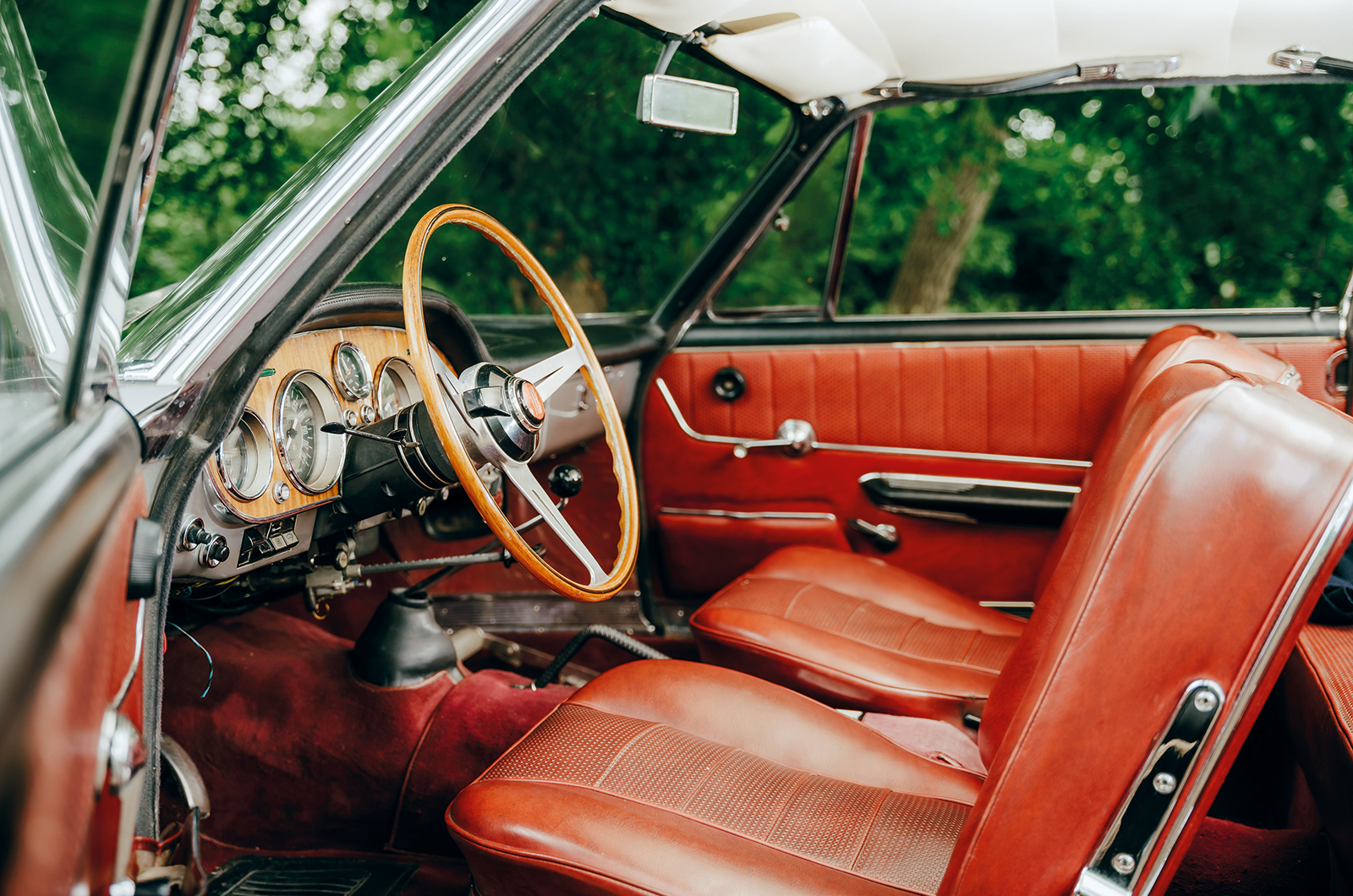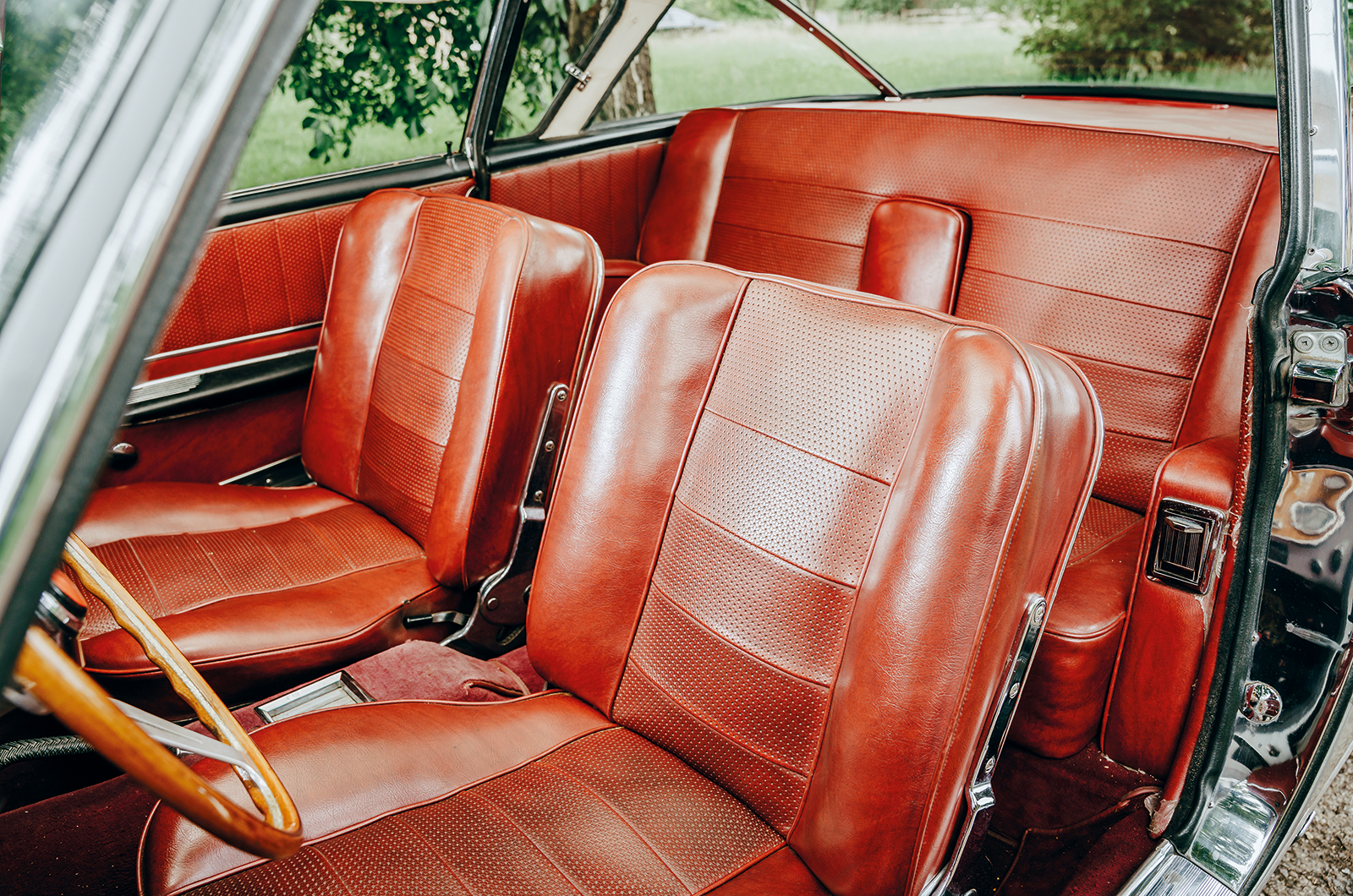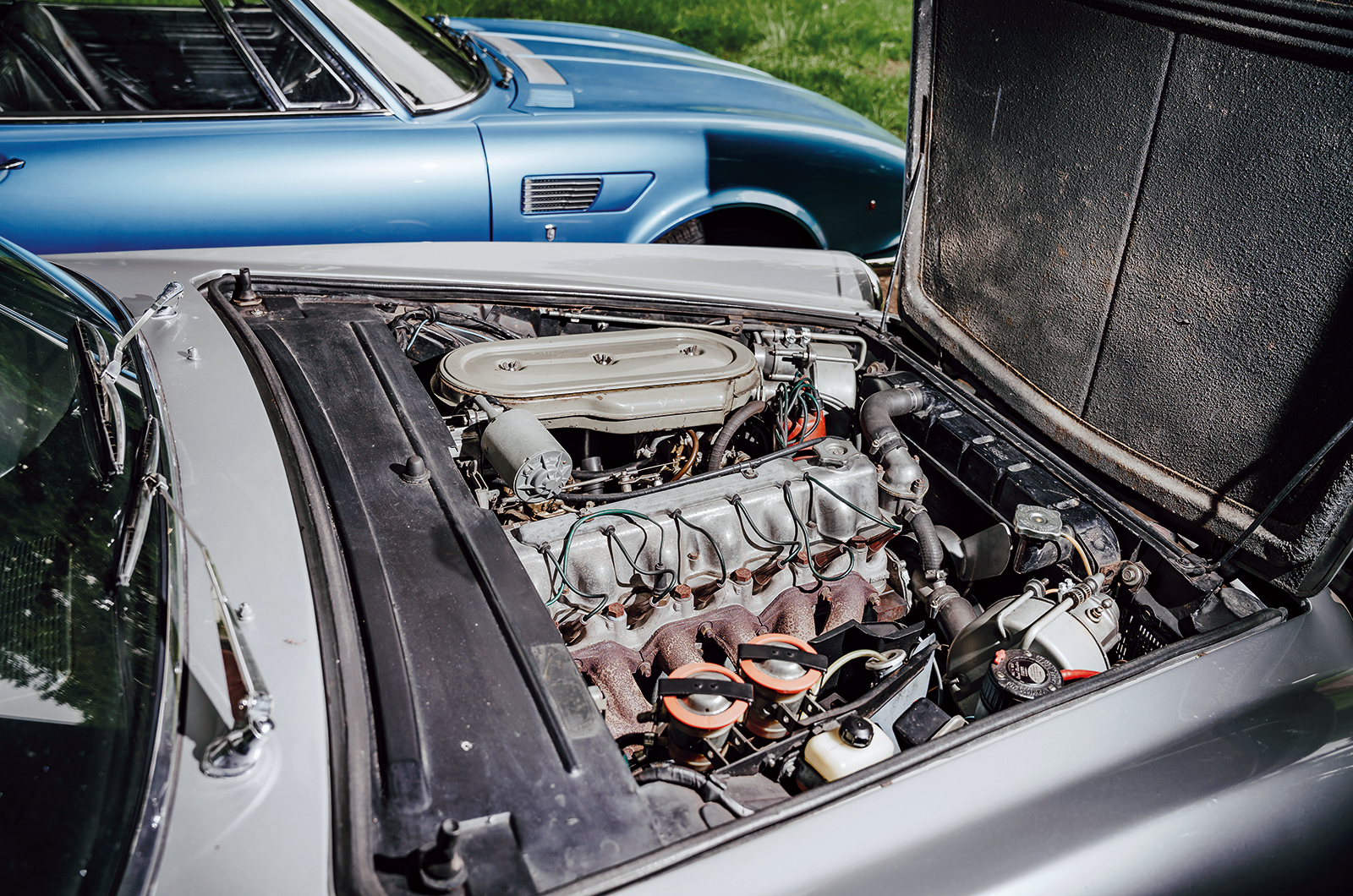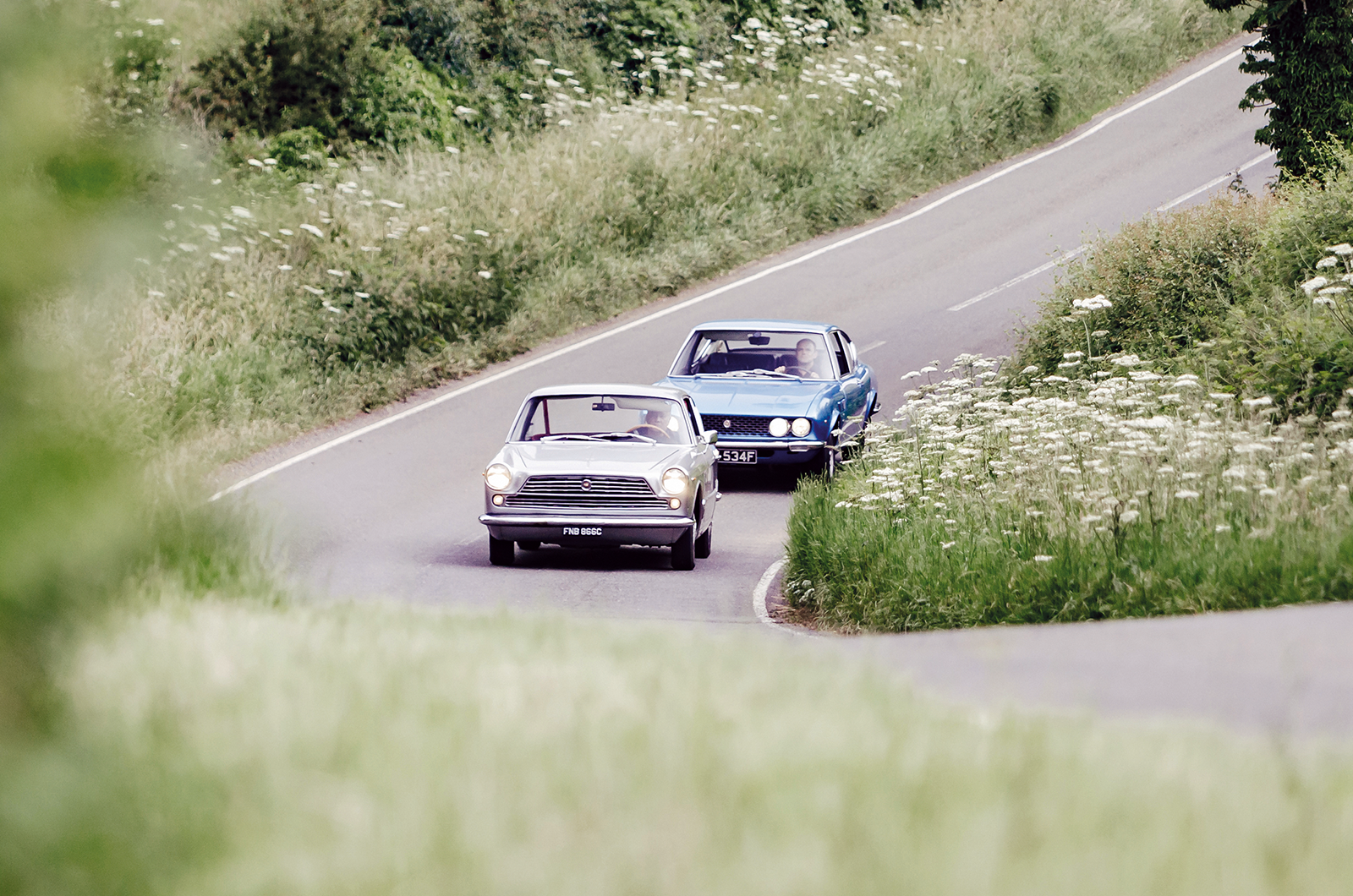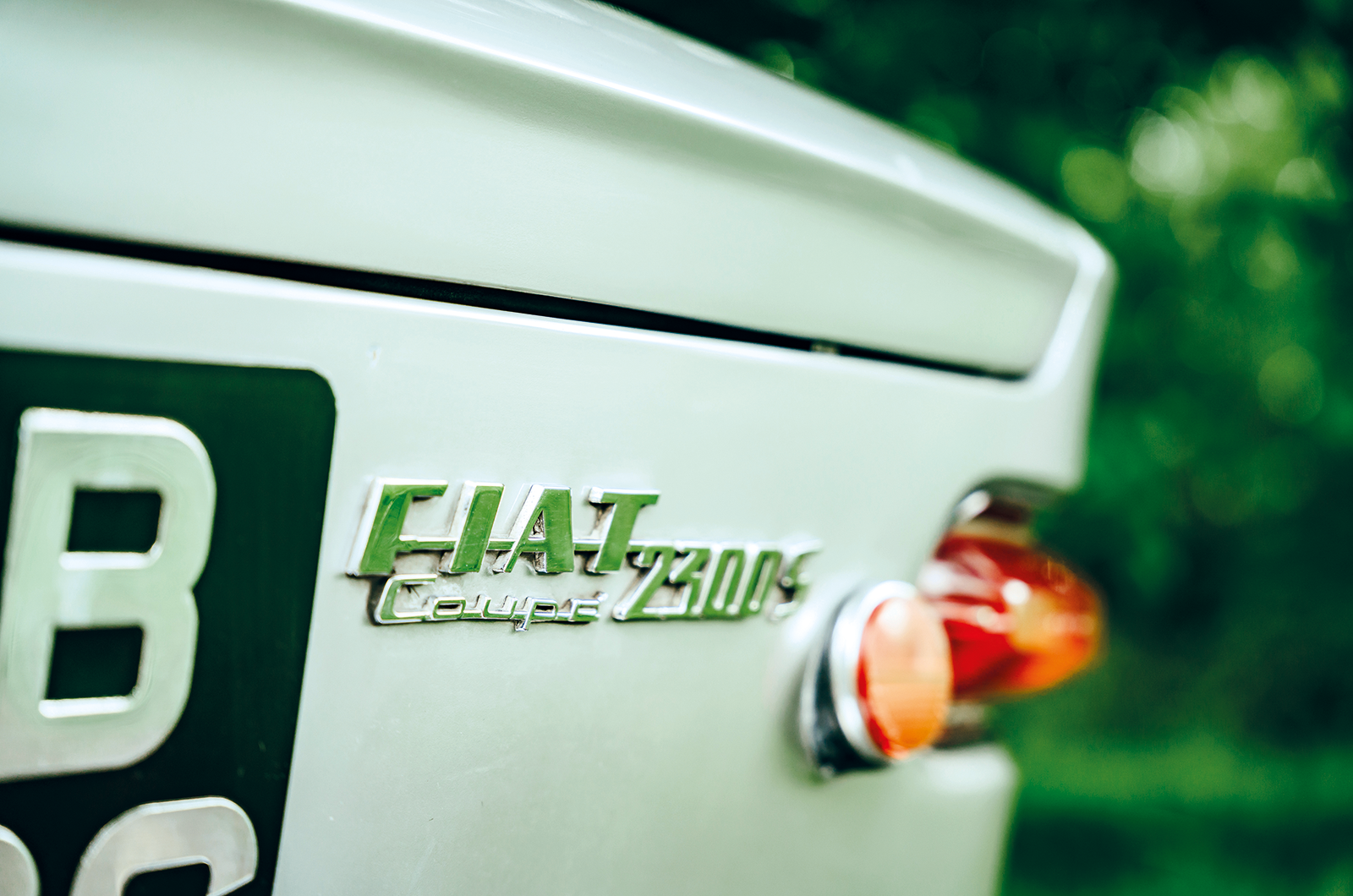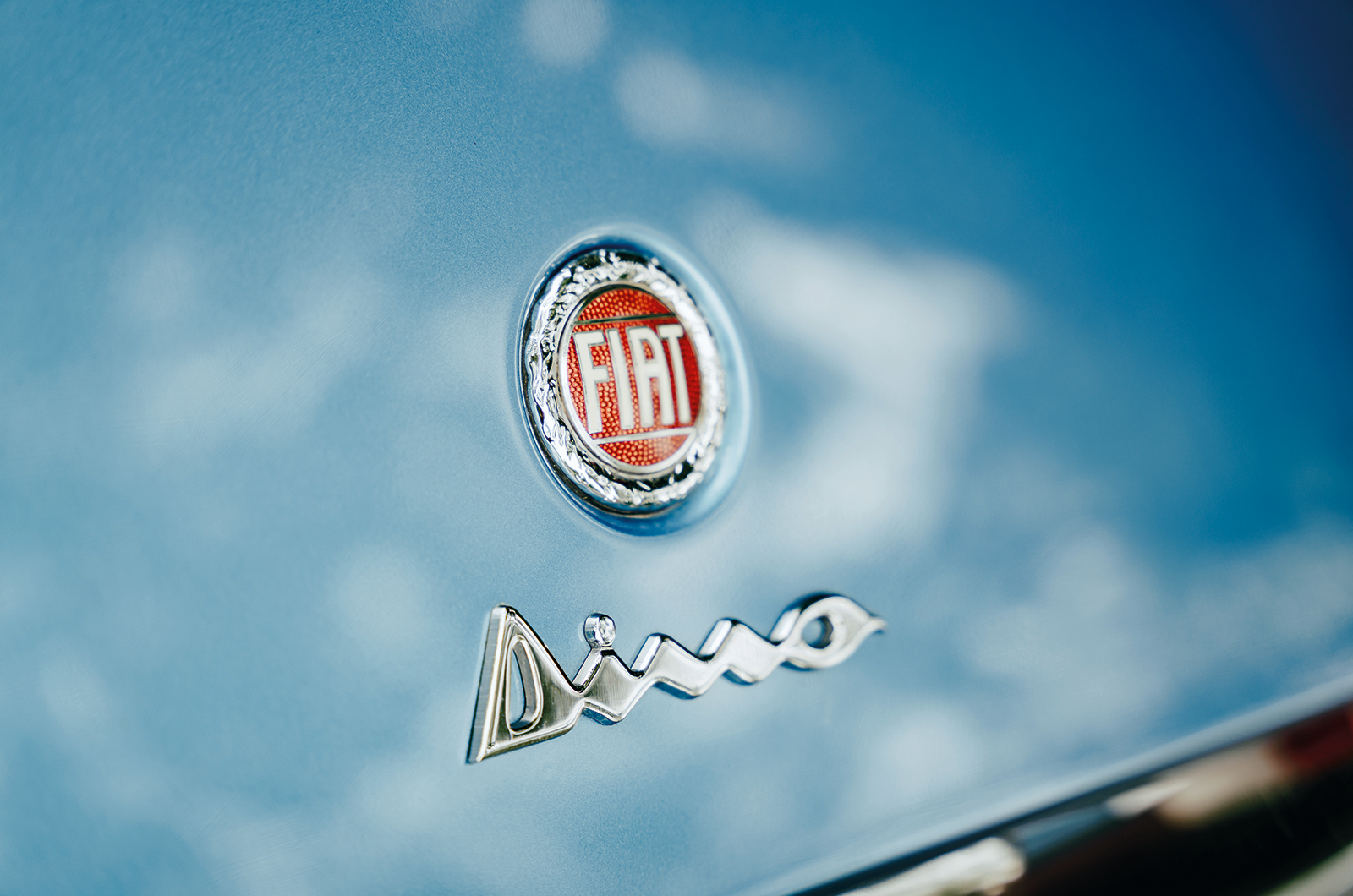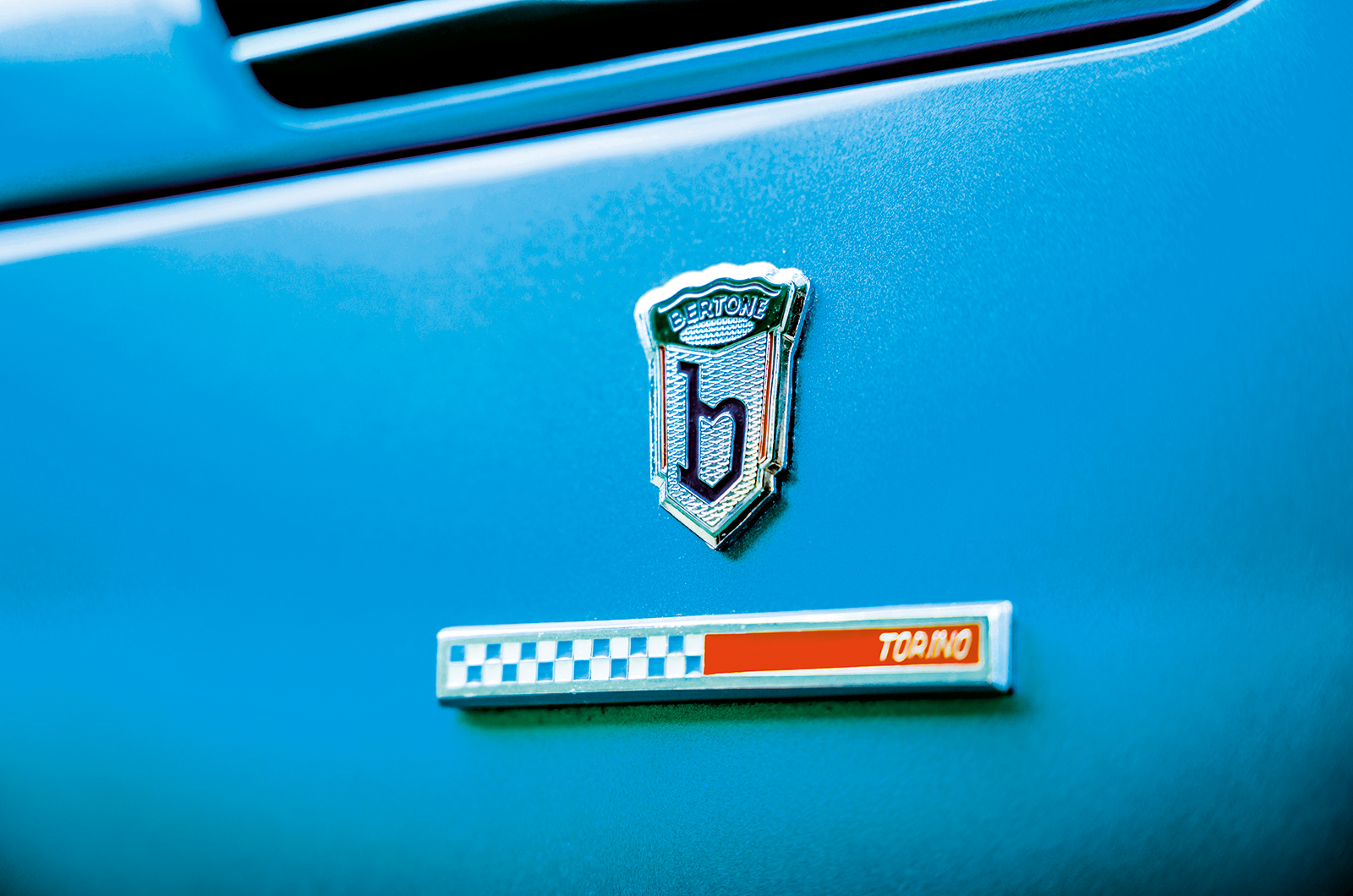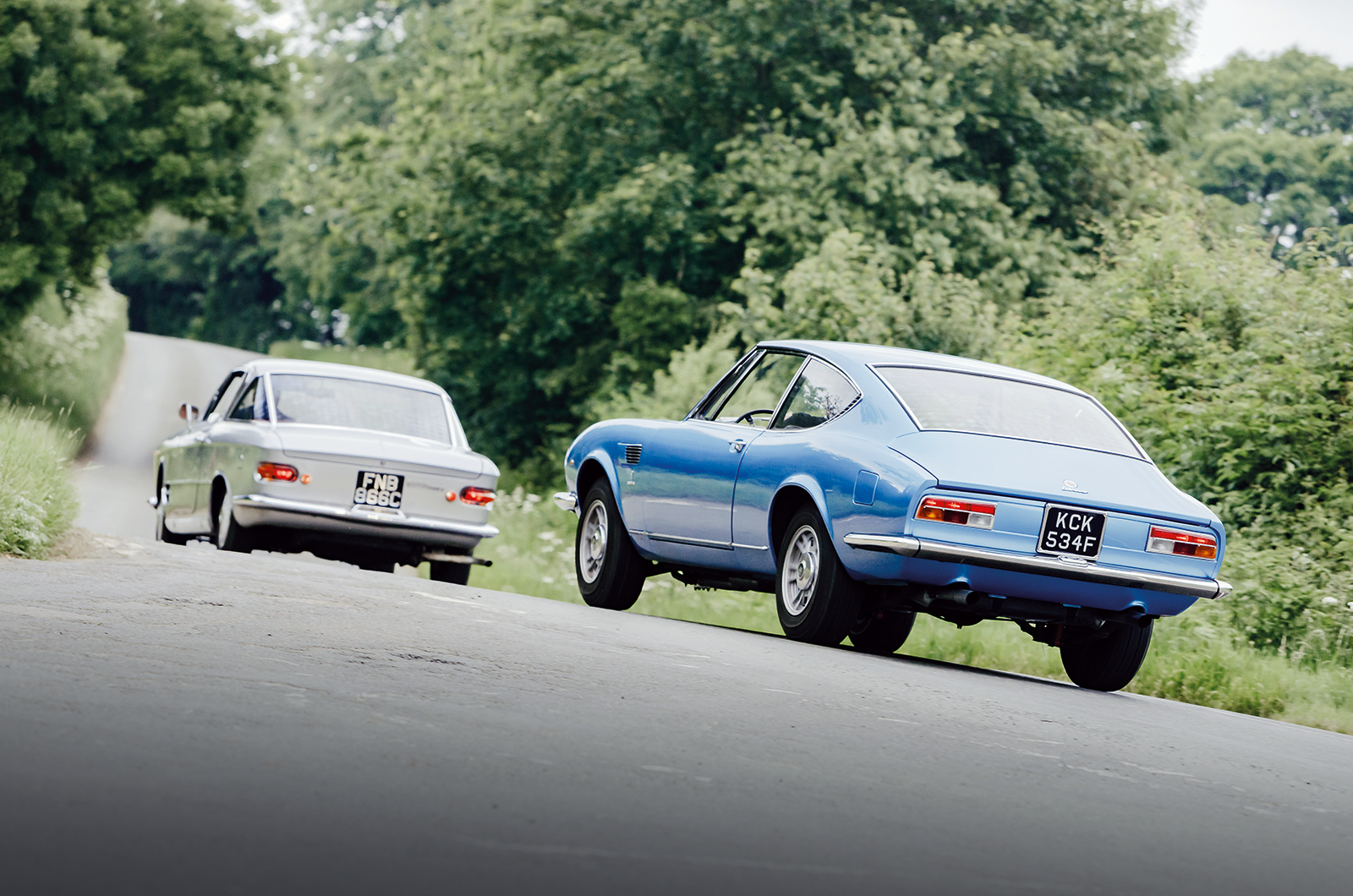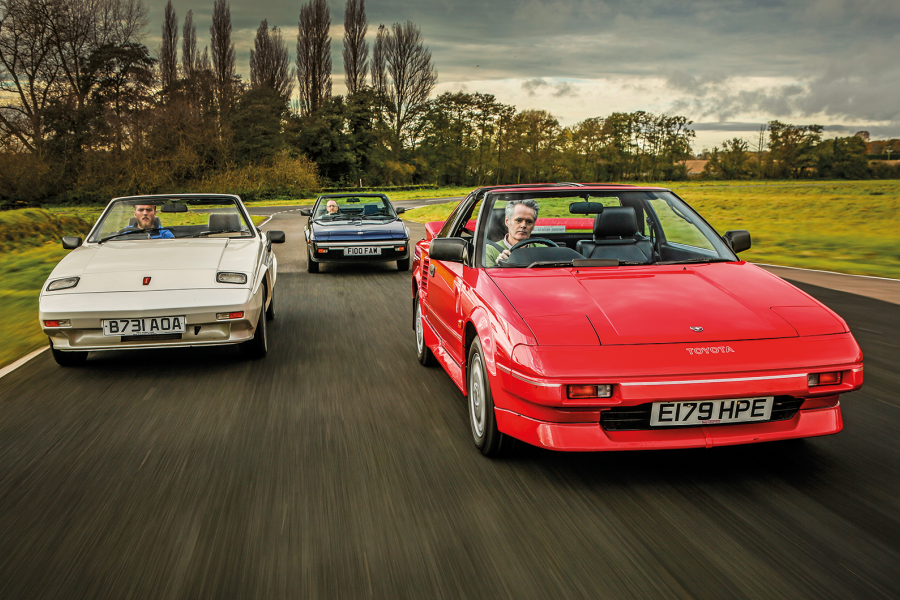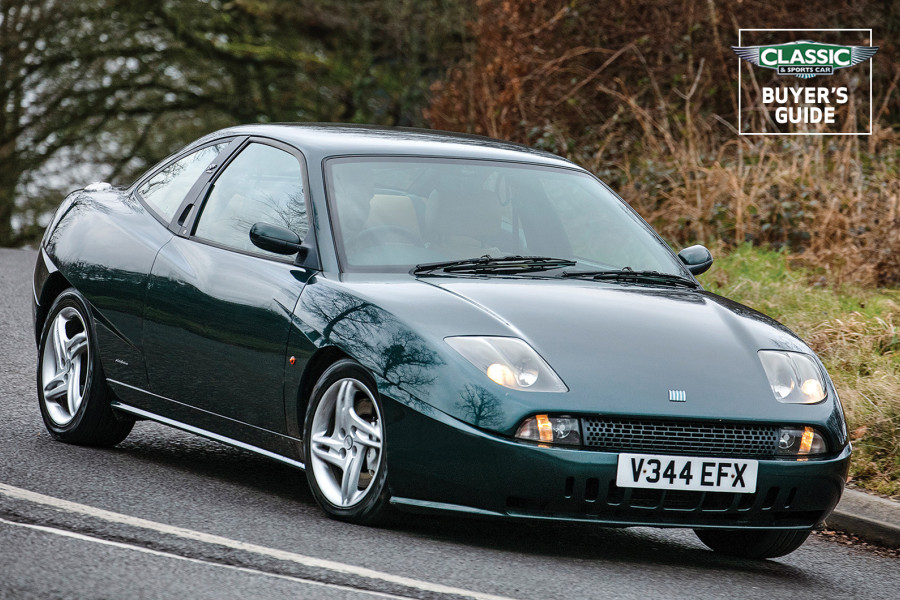There would be no point in going to 7000rpm but it sings so sweetly you feel it would cheerfully tolerate it, even if the sheer volume of glorious, throaty intake noise would cause most people to ease off.
The flipside of this is an engine with ample middle and bottom-end flexibility, matched to a well-plotted set of widely spaced ratios (60mph in second, 80 in third) in a gearbox with a much more precise and pleasing action than its long, kinked lever suggests.
It has a hefty movement that goes with the rewarding physicality of driving this masculine car. It is matched to a smooth-acting clutch and the solid precision of the steering, which is heavy at low speeds but direct and reasonably high-geared with 3½ turns between impressively compact locks.
The 2300S has a 2680mm wheelbase
The 2300S urges you to drive it hard and is easy to place and play with, but also stable and predictable.
The skinny Pirelli tyres are more grippy than they look and it is hard to reconcile the 2300’s smooth, rattle-free ride with such apparently crude rear suspension.
In the Dino you have an extra 25bhp and 2000rpm to play with, plus an additional gear, and they are all there to be used if you want to feel the benefit on the road.
Sitting on much fatter tyres it feels lower and slightly wider than the 2300S, with a more Italianate driving position.
Like the earlier car the Dino starts readily: spooling camshafts and chattering chains compete with barely muted induction sounds that don’t need to be synthetically enhanced as they are in so many modern exotics.
The Dino script calls to mind classic Ferraris
The engine alone must have made this car worth the price of admission in the ’60s, perhaps even a bargain, at £3736.
There is something almost sentient in the way this V6 winds out with such smooth, strident, symphonic punch, yet it is still tolerably flexible from 2000rpm.
It sounds faster than it is (0-60mph in 8.5 secs isn’t going to blow anyone’s hat off these days), but the joy of the Dino comes from matching gears with engine speed, glorying in the way the revs pick up and shut down with such razor-sharp alacrity.
The Dino ’box shares its casing with the 2300 but has new internals, with a bolted-on fifth and an oil pump. It has more compact movements but the ratios are just as well-chosen, so playing tunes on it is obligatory when you go in search of twistier terrain.
The Dino was penned by Bertone
Fiat didn’t have time to develop the de Dion rear end it wanted for the 2-litre Dino but, all things considered, it is hard to find significant fault with the way the live axle puts its power down, with no sign of wind-up or tramp.
The steering, heavy at low speeds, feels slightly vague around the straight-ahead but much less ponderous on lock.
It helps the Dino stride confidently through long, fast, open curves where it loads up just enough to earn your trust.
There’s not much roll even in quite slow corners, and such understeer as there is you can cancel out with judicious use of the throttle, tweaking your line of exit without getting out of shape.
On the road in these two rather wonderful Fiat coupés
I have a huge affinity with both these Fiats. Gravity pulls me towards them and they remain irresistible, even if my ownership experience falls sickeningly into the ‘failed dream’ category on each occasion.
As cars bought with heart not head they are poster-children for over-reaching Buckley ambition exceeding depth of pocket.
Great examples of the 2300S and Dino, such as these two, are a different game.
Today I’d happily still give a home to either without hesitation. But if I had to come down in favour of one or the other, something just tips the balance, for me, in favour of the 2300S.
Images: Max Edleston
Thanks to 24 Hundred; European Classic Cars
Factfiles
Fiat Dino 2000 Coupé
- Sold/no built 1967-’69/3670
- Construction steel monocoque
- Engine all-alloy, dohc-per-bank 1987cc V6, triple Weber carburettors
- Max power 160bhp @ 7200rpm
- Max torque 126Ib ft @ 6000rpm
- Transmission five-speed manual, RWD
- Suspension: front wishbones, coil springs, anti-roll bar rear live axle, leaf springs; telescopic dampers f/r
- Steering worm and roller
- Brakes ventilated discs, with servo
- Length 14ft 9¾in (4515mm)
- Width 5ft 7¼in (1708mm)
- Height 4ft 4in (1320mm)
- Wheelbase 8ft 4in (2540mm)
- Weight 2825Ib (1281kg)
- 0-60mph 8.5 secs
- Top speed 130mph
- Mpg 17-20
- Price new £3736
- Price now £70,000*
Fiat 2300S Coupé
- Sold/no built 1961-’67/7000
- Construction steel monocoque
- Engine iron-block, alloy-head, ohv 2279cc straight-six, twin Weber carburettors
- Max power 135bhp @ 5600rpm
- Max torque 145Ib ft @ 4000rpm
- Transmission four-speed manual, RWD
- Suspension: front wishbones, torsion bars rear live axle, leaf springs; telescopic dampers, anti-roll bar f/r
- Steering worm and roller
- Brakes discs, with twin servos
- Length 15ft 1½in (4610mm)
- Width 5ft 5in (1651mm)
- Height 4ft 51/2in (1359mm)
- Wheelbase 8ft 9½in (2680mm)
- Weight 2790Ib (1266kg)
- 0-60mph 10.5 secs
- Top speed 120mph
- Mpg 17-23
- Price new £3000
- Price now £35,000*
*Prices correct at date of original publication
READ MORE
Drop-top darlings: Fiat 124 vs Alfa Romeo Spider
Baby classic sports cars do battle: Honda S800 vs Fiat Sport Spider vs MG Midget
This is the modern world: Chrysler 2 Litre, Peugeot 504GL & Fiat 132
Martin Buckley
Senior Contributor, Classic & Sports Car
